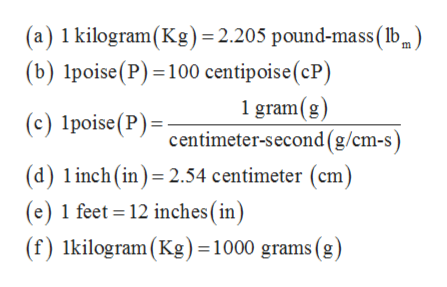

Mixing is fastest near the impeller because of the high shear rates and associated Reynolds stresses in vortices formed at the tips of the impeller blades furthermore, a high proportion of the energy is dissipated here. Ultimately, homogenisation at the molecular level depends on molecular diffusion, which in general takes place more rapidly in low viscosity liquids. Mixing by eddy diffusion is much faster than mixing by molecular diffusion and, consequently, turbulent mixing occurs much more rapidly than laminar mixing. Turbulence may occur throughout the vessel but will be greatest near the impeller.

The inertia imparted to the liquid by the impeller is sufficient to cause the liquid to circulate throughout the vessel and return to the impeller. s), the flows generated in mixing vessels with rotating impellers are usually turbulent.Richardson, in Non-Newtonian Flow in the Process Industries, 1999 (ii) Turbulent mixing The sensitivity of viscosity to temperature is higher in real gases than ideal gas behaviors. The real gases viscosity tends to increase with an increase in pressure. However, there is some discrepancy between real gases and ideal gases behaviors. For the gas viscosity, kinetic theory of ideal gases explains that the dynamic viscosity of ideal gases is proportional to the square root of the absolute temperature and not sensitive to the pressure. The CO 2 can dissolve in oil at high pressure condition and the mobility of oil improves. During the in-situ combustion, a large quantity of CO 2 forms in reservoirs.

In addition, the dissolution of gases such as CO 2 can reduce the viscosity of liquid hydrocarbons. This contribution by heat enables to deploy the exploitation of thermal recovery method in mainly heavy oil reservoirs. Because higher temperature makes both slightly less viscous water and much lesser viscous oil, the improved viscosity contrast favors relatively the oil flow rather than water flow. The more viscous the fluid, the more sensitive it is to the temperature change. Most liquids suffer the exponential relationship ( Seeton, 2006) between temperature and viscosity rather than linear form ( Fig. 6.1). The viscosity decreases with an increase in temperature. Desalination 59, 219–240.įor kinematic viscosity Chen et al.The liquid viscosity is highly affected by the heat. Experimental methods for determination of the properties of saline water. Physical properties of seawater solutions. With the wide range of answers that you get from repeated lab measurement and/or using various equations, it is generally best to pick a single method and pretend that you believe it-repeatable results will not be available for viscosity measurements.īased on Isdale, J.D., Spencer, C.M., Tudhope, J.S. None of the empirical methods provide results that match field conditions when there is any acid gas in a gas stream, and the equations of state methods are not a lot better for acid gases. The various methods can vary by more than 20% one from the next for the same fluid. It can also be predicted through an equation of state or one of many empirical relationships. One of the tubes is rotated and the amount of force that it takes to rotate at a fixed angular velocity is proportional to the dynamic viscosity. 4.1.1.1 Dynamic viscosity (μ)ĭynamic viscosity can be determined via an apparatus that has concentric tubes whose annular space can be filled with the fluid under test. Kinematic viscosity can be thought of as resistance to fluid momentum. Dynamic (or absolute) viscosity is an expression of a fluid’s ability to resist shear flows. Viscosity is a measure of the ability of a fluid to resist shear forces. Simpson P.E., in Practical Onshore Gas Field Engineering, 2017 4.1.1 Viscosity


 0 kommentar(er)
0 kommentar(er)
